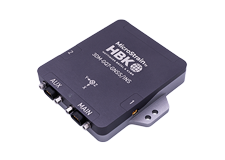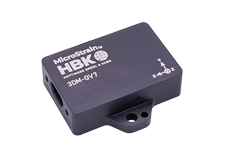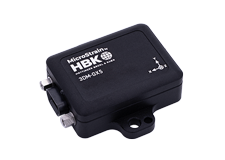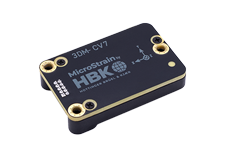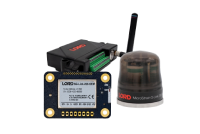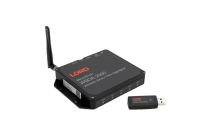Author:
Publication:
- ECN
How do you feel the Cloud will most impact product development in the coming year?
Jake Galbreath, VP Wireless Systems: The cloud provides new solutions and opportunities for dealing with a wave of big data generated by machines, sensors, mobile devices, and the Internet of Things (IoT). The value of data storage in the cloud has been established, and now many hardware manufacturers and OEM’s are exploring how to further leverage the cloud to provide added value for their customers. Over the next year, the cloud will likely spur product development trends in the areas of security, storage, accessibility, and analytics.
First and foremost, security is the foundation for any cloud connected system, embedded hardware and stack providers are likely to continue to lower barriers for implementing secure web communications (HTTPS/SSL/TLS/SSH) on inexpensive embedded systems. Second, customers have a growing expectation for syncing their data to the cloud, and the cloud will help reduce local storage capacity requirements by allowing manufacturers to test the market with cheaper, leaner devices. Third, as customers get more comfortable with QR codes we will start to see smarter product linking from dynamically generated QR codes on small inexpensive displays. At MicroStrain, dynamic QR codes on our newest wireless sensors make it easier for customers to quickly review events of interest on our SensorCloud platform. Finally, the cloud’s elastic resource scalability makes it a great place to implement analytics and extract meaningful, actionable information from large quantities of raw data. MicroStrain is strongly committed to this concept and we are currently releasing an application development environment that allows our SensorCloud customers to develop and deploy cloud-hosted data processing apps in python, octave, and R. There is strong indication that we will see an increasing trend to push processing intensive analytics and data crunching tasks to the cloud, where access to high-end parallel computing resources is inexpensive.
To read the full ECN Roundtable discussion, click here.
